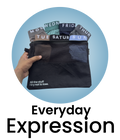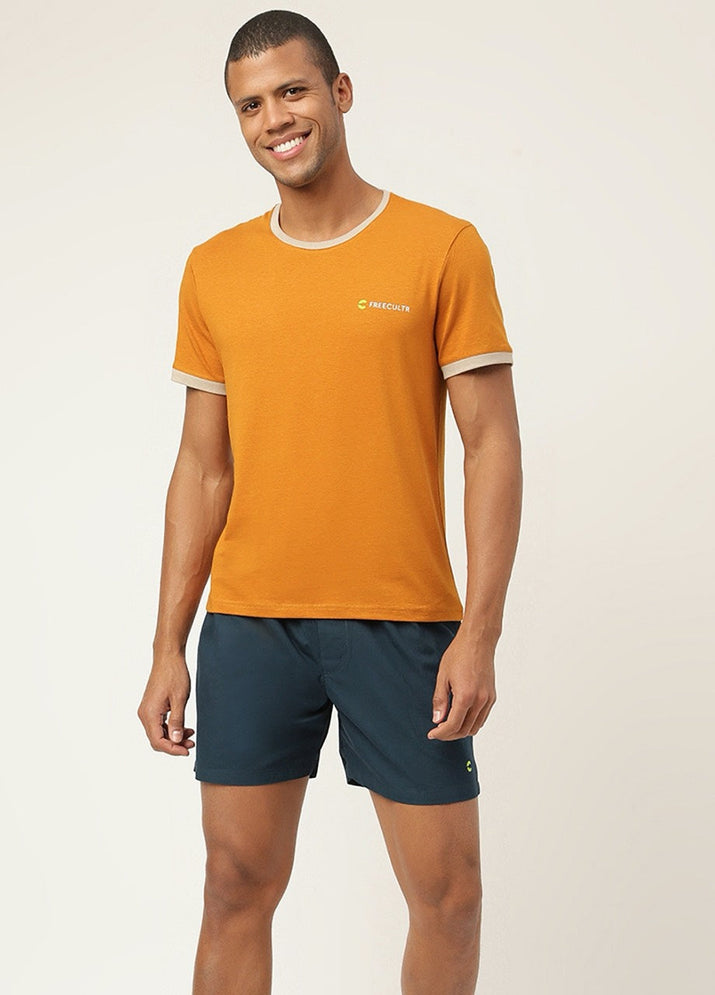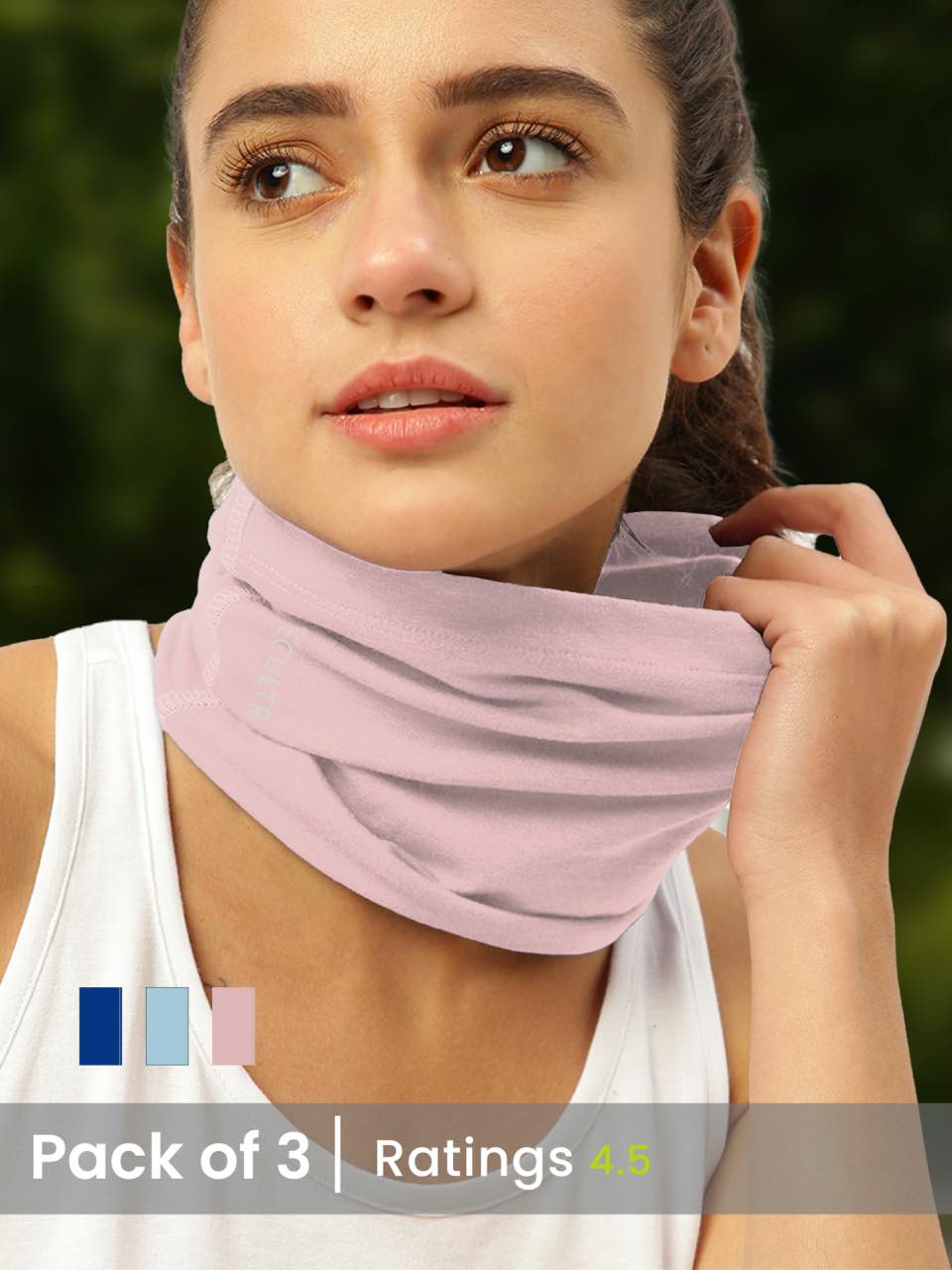Performance apparel is no longer a luxury; it’s an expectation. Men demand more from their briefs than just basic coverage. The rising trend of active lifestyles fuels the need for enhanced functionality. Today’s challenge: briefs that can handle high-intensity workouts while maintaining all-day comfort. Freecultr’s solution lies in advanced moisture-wicking fabrics engineered with strategic ventilation zones, actively drawing sweat away from the body. But it’s not just about dryness. We've integrated a four-way stretch construction and ergonomic design for a full range of motion. We’ll explore how this combination of material science and anatomical understanding translates to superior comfort and performance.

Understanding Moisture-Wicking Technology
Moisture-wicking technology is a crucial element in modern athletic and everyday apparel, particularly in undergarments like briefs. At its core, it refers to the ability of a fabric to pull moisture (sweat) away from the skin and transport it to the outer layer of the material. This allows the moisture to evaporate more quickly, keeping the wearer dry and comfortable. But how does this work at a material level?
Most moisture-wicking fabrics are made from synthetic materials like polyester, nylon, or microfiber. These materials are engineered with a specific fiber structure and weave that creates capillary action. Imagine tiny straws within the fabric; these "straws" draw the moisture upwards and outwards. Natural fibers like cotton, on the other hand, tend to absorb moisture and hold it against the skin, leading to discomfort and a feeling of being damp. This is why cotton briefs are often less desirable for activities where sweating is likely.
The key here is the surface area. By spreading the moisture over a larger surface area on the outer layer of the fabric, evaporation is accelerated. Think of it like pouring water onto a table – a thin layer will evaporate much faster than a puddle. This process is significantly more efficient in synthetic fabrics designed for moisture-wicking.
Technical Breakdown:
- Hydrophobicity: The fibers themselves are often hydrophobic (water-repelling). This might seem counterintuitive. It ensures that the moisture is pushed away from the fiber and towards the spaces between the fibers, facilitating the wicking process.
- Capillary Action: The structure of the fabric creates tiny channels that exploit capillary action, drawing liquid upwards against gravity.
- Surface Area Maximization: The outer layer of the fabric is designed to maximize surface area, promoting rapid evaporation.
The Science Behind Enhanced Mobility
Beyond moisture-wicking, a well-designed brief should also provide enhanced mobility. This refers to the garment's ability to move with the body without restriction, allowing for a full range of motion. Several factors contribute to this, including fabric choice, construction techniques. Overall design.
Fabric Selection: The ideal fabric for enhanced mobility typically includes a blend of materials that offer both stretch and recovery. Spandex (also known as Lycra or elastane) is a common addition to fabrics designed for movement. Even a small percentage of spandex (e. G. , 5-10%) can significantly improve the fabric's ability to stretch and return to its original shape, preventing the brief from becoming baggy or losing its form.
Construction Techniques: Seams can be a major source of discomfort and restriction, especially in areas of high movement. Flatlock seams are often used in athletic apparel to minimize chafing. These seams are created by overlapping the fabric edges and stitching them together so that the seam lies flat against the skin. Another crucial construction element is the gusset – an extra panel of fabric sewn into the crotch area. A gusset provides additional room and flexibility, reducing stress on the seams and preventing the brief from riding up or binding.
Design Considerations: The overall design of the brief plays a significant role in mobility. A contoured pouch provides support and prevents the fabric from bunching up. The leg openings should be designed to allow for a full range of motion without digging into the skin. The waistband should be comfortable and secure without being too tight, restricting movement or causing discomfort.
Real-World Example: Imagine a runner wearing ill-fitting briefs during a marathon. The constant friction and restriction of movement could lead to chafing, discomfort. Ultimately, a decrease in performance. In contrast, a brief designed with moisture-wicking fabric, flatlock seams. A contoured pouch would provide support, comfort. Freedom of movement, allowing the runner to focus on their performance.
Comparing Materials: Cotton vs. Synthetics
The choice of material significantly impacts both moisture-wicking and mobility. While cotton was once the standard for undergarments, synthetic fabrics offer several advantages.
| Feature | Cotton | Synthetics (e. G. , Polyester, Nylon) |
|---|---|---|
| Moisture-Wicking | Poor. Absorbs moisture and holds it against the skin. | Excellent. Wicks moisture away from the skin, promoting evaporation. |
| Breathability | Good when dry. Poor when wet. | Generally good, especially with advanced fabric technologies. |
| Stretch & Recovery | Limited. Can lose shape easily. | Excellent, especially when blended with spandex. Retains shape better. |
| Durability | Moderate. Prone to shrinking and wear. | Generally more durable than cotton. Resistant to shrinking and stretching. |
| Odor Control | Poor. Retains odors. | Can be enhanced with antimicrobial treatments. |
| Cost | Generally less expensive. | Can be more expensive, depending on the technology and brand. |
As the table illustrates, synthetics outperform cotton in almost every category relevant to moisture-wicking and enhanced mobility. While cotton may be perceived as more "natural," its performance limitations make it less suitable for activities where comfort and performance are paramount. Moreover, advancements in synthetic fabric technology have addressed concerns about breathability and odor control, making them an even more compelling choice.
Antimicrobial Treatments: An Added Layer of Protection
In addition to moisture-wicking and enhanced mobility, some briefs incorporate antimicrobial treatments. These treatments inhibit the growth of bacteria and fungi, reducing odor and promoting hygiene. This is particularly beneficial for individuals who engage in strenuous activities or live in humid environments. Common antimicrobial agents include silver ions, zinc pyrithione. Triclosan (though the latter is becoming less common due to environmental concerns).
How They Work: Antimicrobial agents work by disrupting the cellular processes of microorganisms. Silver ions, for example, interfere with the metabolism and reproduction of bacteria. These agents are typically applied to the fabric during the manufacturing process, either as a coating or embedded within the fibers. The effectiveness of antimicrobial treatments can vary depending on the specific agent used and the application method.
Considerations: While antimicrobial treatments can provide added benefits, it's essential to consider their potential impact on the environment and human health. Some antimicrobial agents can leach out of the fabric over time, potentially contaminating water sources. It's crucial to choose briefs that use antimicrobial treatments that are safe, effective. Environmentally responsible.
Fashion & Comfort: Finding the Right Fit for Your Lifestyle
Ultimately, the best brief for you will depend on your individual needs and preferences. Consider your activity level, climate. Personal style when making your decision. If you're an athlete or someone who leads an active lifestyle, prioritize moisture-wicking and enhanced mobility. Look for briefs made from synthetic fabrics with a blend of spandex, featuring flatlock seams and a contoured pouch. If you're concerned about odor, opt for briefs with antimicrobial treatments.
Beyond performance, consider the aesthetic appeal and overall comfort of the brief. Choose a style that you find visually appealing and that fits well. A well-fitting brief should feel comfortable against your skin, provide adequate support. Allow for a full range of motion. It should also be durable and easy to care for. By carefully considering these factors, you can find a brief that provides both fashion and comfort, enhancing your overall well-being.
Care and Maintenance for Longevity
Proper care and maintenance are crucial for extending the lifespan of your briefs and preserving their performance features. Follow the manufacturer's instructions carefully, as washing and drying methods can affect the fabric's integrity and the effectiveness of antimicrobial treatments.
- Washing: Machine wash in cold water with a mild detergent. Avoid using bleach or fabric softeners, as these can damage the fabric and reduce its moisture-wicking properties.
- Drying: Tumble dry on low heat or hang to dry. Avoid high heat, as this can cause the fabric to shrink or lose its shape.
- Storage: Store your briefs in a dry, cool place away from direct sunlight.
By following these simple care tips, you can ensure that your briefs continue to provide optimal comfort, support. Performance for years to come.
Conclusion
Let's consider this your personal blueprint for brief success. You now comprehend the critical role moisture-wicking plays in comfort and performance, especially considering the rising popularity of athleisure and functional everyday wear. Think of those sweltering commutes or intense workout sessions – the right briefs can make all the difference. The key success factor here is proactive choice. Don't just grab any brief; actively seek out those with the technology to keep you dry and moving freely. Implementation is straightforward: read labels, prioritize performance fabrics. Don't be afraid to invest in a few quality pairs to test the waters. I personally recommend starting with a 3-pack to experience the benefits fully. Remember, comfort directly impacts confidence and performance. So, go out there, conquer your day. Experience the difference the right briefs can make. Embrace the freedom!More Articles
Men's Cotton Trunks Pack of 3 – Breathable Comfort & Flexible FitPaisley Bandana for Men Cotton – Soft Comfort & Classic Style
Black Bandana for Men Head – Versatile Fashion & Moisture-Wicking
Printed Bandana for Men Face Mask – Breathable Comfort & Unique Design
FAQs
So, what's the big deal with 'moisture-wicking'? Why should I care?
Think of it this way: no one likes that swampy feeling downstairs, right? Moisture-wicking fabric pulls sweat away from your skin, helping you stay cool and dry. It's a lifesaver, especially during workouts or just a hot day.
Enhanced mobility, huh? Does that mean I can finally do the splits?
Okay, maybe not the splits right away! But seriously, 'enhanced mobility' means these briefs are designed to move with you, not against you. They use stretchy fabrics and smart construction, so you won't feel restricted, whether you're at the gym, running errands, or just chilling on the couch.
Are these briefs going to shrink after I wash them?
Good question! No one wants surprise tiny underwear. While some minor shrinkage is always possible with natural fibers, these are usually pre-shrunk or made with blends designed to minimize that. Always follow the care instructions on the label to keep them in tip-top shape.
What kind of activities are these briefs best for?
Pretty much anything! They're versatile. The moisture-wicking makes them great for workouts and sports. The comfort also makes them perfect for everyday wear. Think of them as your go-to briefs, whatever you're up to.
Will these briefs ride up my leg during the day? That's the worst!
That's a valid concern! While I can't guarantee they never will (fit varies person to person), the design usually includes features like a stay-put waistband and leg openings to minimize ride-up. The enhanced mobility aspect also helps prevent them from getting bunched up in the first place.
How do I wash these things to keep them in good condition?
Generally, you'll want to machine wash them cold with similar colors and tumble dry on low. Avoid using bleach or fabric softeners, as these can damage the fabric and reduce its moisture-wicking properties. Always check the specific care instructions on the label, though!
Are they tagless? I hate itchy tags!
Most modern briefs like these are tagless, or have a heat-sealed label. This eliminates that annoying itch at the back. Always a plus!






